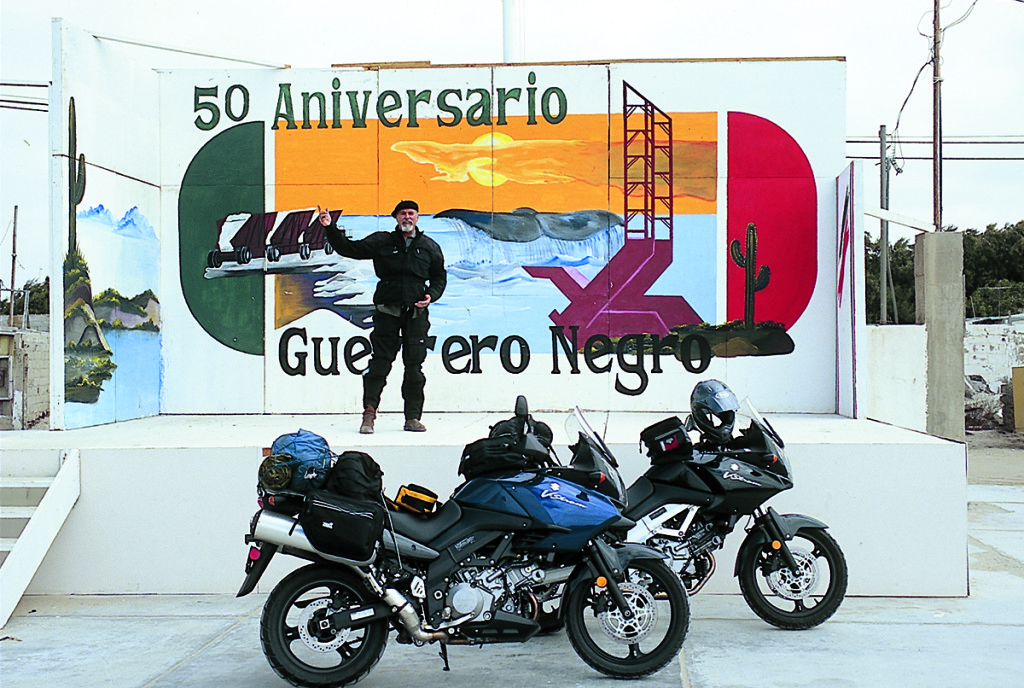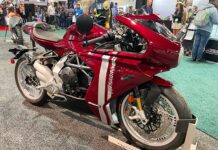
When the Suzuki DL1000 V-Strom came out in 2002, this magazine anointed it Bike of the Year—an excellent choice. Two years later the DL650 V-Strom appears, and therein lies this little comparo. Two models, the only significant difference being the displacements.
Both of these engines are liquid-cooled, 90-degree V-twins, with four valves and two camshafts per cylinder, and electronic fuel injection. The 1000 puts out a little over 90 horsepower at 8,000 rpm, and over 60 lb-ft of torque all the way from 4,000 to 8,000 rpm—that is pulling power. The 650 has almost 65 horses at 9,000 rpm, and more than 40 lb-ft of torque from 5,000 to 8,000 rpm, really useful stuff. Six speeds in the transmissions. The Bridgestone Trailwing tires are fine on the street, less admirable off the pavement.
Kurt and I put more than 6,500 miles on these two DLs together, swapping off continually, and appreciating what are essentially subtle differences. They have roughly the same dimensions, but the 470-pound 650 (wet weight) weighs some 48 pounds less than the 518-pound 1000. Take the latter’s full gas tank off and they’d weigh about the same.
The chassis are twin-spar designs made of aluminum alloy, with slightly different swingarms. The Showa suspension is definitely street, with the 1000 having 6.3 inches of travel at both ends; the 650, 5.9 inches. I loved the little knob that allows for easy adjustment of shock preload; rebound damping adjustment is done with a screwdriver. Both models have 43mm forks, with preload adjustment.
The designers put the muffler(s) up high, giving an illusion of bad-road capabilities. But the header pipe on the front cylinder, and the oil cooler, belie that notion. No rock-hopping with these bikes, please. The 1000 has a belly pan that (slightly) protects the header pipe, and a pair of bark-bashers keep the elements away from the hands. The 650’s scooped-out saddle is almost an inch lower than the 1000’s, but Kurt and I both preferred the flatter 1000 seat; these are swappable from one bike to another.
Mileage differences from the 5.8-gallon tanks were minimal. In our travels the 650 was usually revving 1,500-2,000 rpm more than the 1000, and when we would fill up after 200 miles, the 1000 would take at most 5 percent more. Mileage for the 1000 was in the low 40s; the 650, mid 40s.
In the end, Kurt and I had nothing but admiration for both bikes, but we also slightly preferred the 650. It seemed more nimble, and the engine was smoother. And the price of the DL650, at $6,699, is great; the 1000 costs $8,999.
(This article was published in the July 2005 issue of Rider magazine as a sidebar to Taking Baja by ‘V-Strom.)








Yet a used 1000 is often as cheap or cheaper than the 650. Go figure!